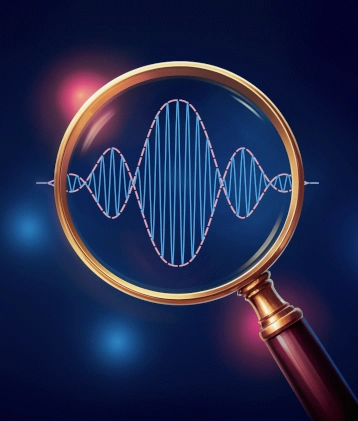Newsroom

Understanding complex quantum systems remains a central challenge in modern physics. These systems can display correlations, pairing, and exotic states of matter that are key to both fundamental science and future quantum technologies. Yet, many of these processes occur on spatial scales too small to be resolved even with advanced imaging techniques. In particular, while current single-atom imaging techniques are powerful, they fail once the relevant structures fall below the resolution limit of the detection method, leaving essential microscopic correlations hidden.
To overcome this fundamental limitation, Sandra Brandstetter and her colleagues from the group of STRUCTURES member Selim Jochim have developed a novel "matter-wave microscope". Before imaging the atoms, their approach first magnifies their wave function by a factor of about 50. This is achieved by precisely controlling the atoms' time evolution within specially designed optical potentials, essentially performing two “rotations” of the wave function in phase space, without disturbing the correlations that are of interest for their study.
This new technique unlocks the ability to access arbitrary higher-order correlations. Its applications extend to in-depth studies of fermionic pairing and other exotic systems; and help reveal the building blocks of future quantum technologies.
Further information:
